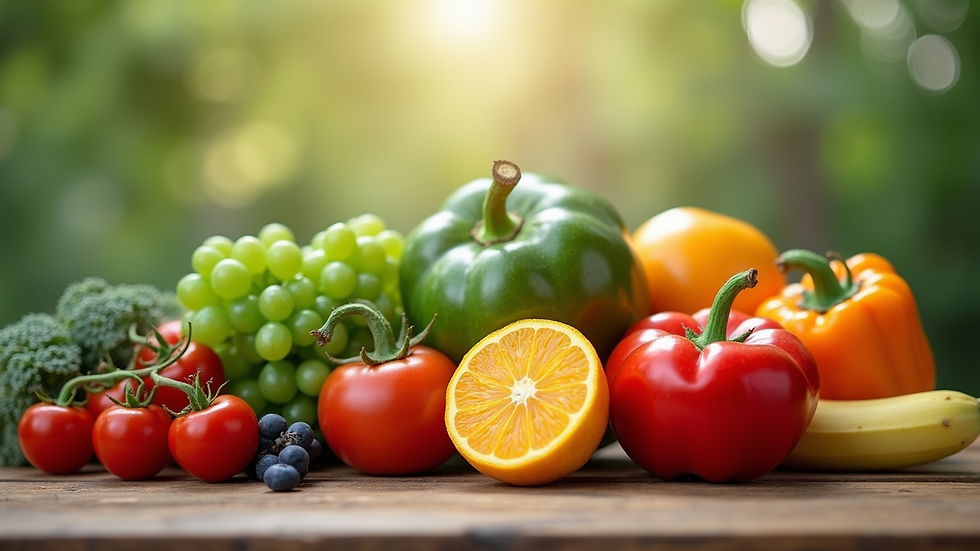Environmental Triggers – Part 4: Pesticides & Herbicides
- Aug 27
- 2 min read

Introduction
Pesticides and herbicides are woven deeply into modern agriculture. While designed to control pests and weeds, they leave a hidden trail of toxicity in the very environment horses depend on for life—pastures, hay, feed, and even water sources. For horses, chronic exposure to these chemicals creates one of the most insidious environmental triggers, slowly altering the body at the cellular level.
What Are Pesticides & Herbicides?
Pesticides are chemicals used to kill insects, rodents, fungi, or other pests.
Herbicides are applied to kill weeds and unwanted plants.
Though not aimed at horses, they are unavoidably exposed: through sprayed hay, treated pastures, contaminated grains, or water runoff. Unlike acute poisoning, the real danger is low-level, long-term exposure. These residues accumulate daily, creating silent, compounding damage.
How Exposure Happens

Grazing on sprayed pastures.
Hay treated during growth or baling.
Grain-based feeds grown with heavy glyphosate use.
Runoff from treated fields contaminating water troughs and ponds.
The Science of Chemical Burden

Research shows pesticides and herbicides disrupt multiple body systems:
Endocrine Disruption: Chemicals like glyphosate interfere with thyroid and reproductive hormones.
Gut Microbiome Damage: They reduce microbial diversity, leading to leaky gut, ulcers, and malabsorption.
Liver Overload: Detox pathways stagnate under the strain, leaving horses vulnerable to other toxins like mold.
Immune Suppression: Chronic chemical stress weakens defense, increasing infections and allergies.
Inflammation at the Cellular Level: Oxidative stress damages mitochondria, fueling fatigue, stiffness, and chronic pain.
Signs of Chemical Stress in Horses

Persistent skin issues (hives, itchiness).
Hormonal imbalances in mares or geldings.
Infertility or irregular cycles.
Digestive disorders like ulcers or recurrent colic.
Stiffness or laminitis flares.
Mood changes, lethargy, or anxiety.
Often these are treated as separate issues. But together, they point to underlying chemical burden.
The Bigger Picture – Compounding Triggers
Pesticides and herbicides rarely act alone. Combined with mold, poor diet, or stress, their effects intensify. A horse already struggling with gut imbalance cannot tolerate added liver strain from chemicals. Over time, the compounding effects surface as chronic illness.
Steps Toward Healing

Species-Appropriate Diets: Clean forage, free-choice hay, no grain/soy.
Source Carefully: Buy from growers who minimize or avoid chemical use.
Protect Water Quality: Prevent runoff into troughs and ponds.
Herbal Allies:
Milk Thistle & Dandelion Root → restore liver detox capacity.
Nettle & Burdock Root → reduce inflammation, replenish minerals.
Cilantro & Parsley → gentle detox support.
Herb Testing (Applied Zoopharmacognosy): Horses often self-select detox herbs when burdened, guiding owners to root issues before symptoms worsen.
✨ Conclusion:Pesticides and herbicides may be invisible, but their impact is not. By reducing exposure and supporting detox pathways through nutrition and herbs, we can peel back one of the most damaging layers of environmental stress. True resilience begins when we protect horses from chemical burden and restore balance at the cellular level.
With Love, Herbs & Harmony
~Debbi, Wholehearted Harmony




Comments